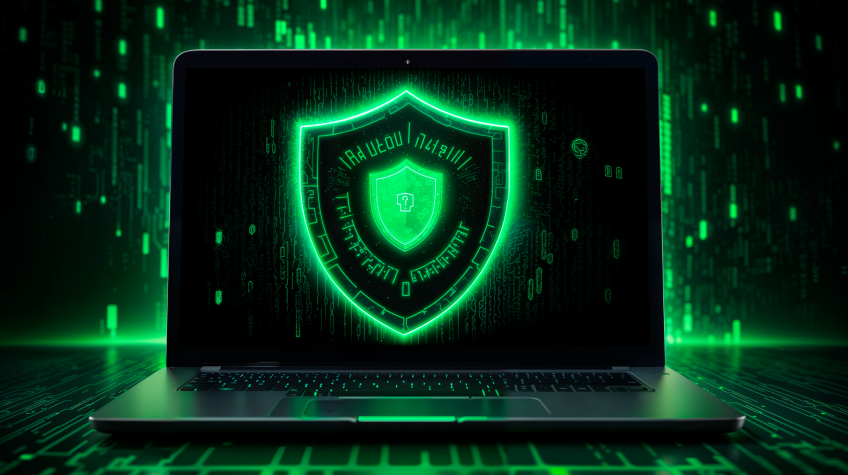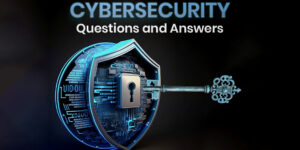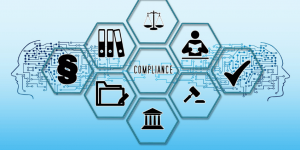
In today’s digital age, cybersecurity is a critical concern for businesses across all industries. With the increasing reliance on technology and the internet, the risk of cyber threats has grown exponentially. As organizations strive to protect their sensitive information, understanding common cybersecurity mistakes and how to avoid them becomes essential. This article explores the top six cybersecurity mistakes and provides strategies to mitigate these risks effectively.
6 Common Cybersecurity Mistakes and How to Avoid Them
Here are six of the most common cybersecurity mistakes that organizations mak along with tips on how to avoid them and strengthen your defenses against potential cyber threats.
Lack of Employee Training
One of the most significant cybersecurity mistakes organizations make is underestimating the importance of employee training. Employees are often the first line of defense against cyber threats, yet many lack the necessary knowledge to recognize and respond to potential risks. Phishing attacks, for example, rely heavily on human error, with cybercriminals crafting emails that mimic legitimate communications to deceive employees into divulging sensitive information.
To avoid this mistake, organizations should implement comprehensive cybersecurity training programs. These programs should educate employees on recognizing phishing attack attempts, using strong passwords and understanding the importance of data protection. Regular training sessions and simulated phishing exercises can help reinforce this knowledge and ensure employees remain vigilant.
Insufficient Access Controls
Many organizations fail to implement adequate access controls, allowing unauthorized individuals to access sensitive data. This mistake can lead to data breaches that compromise confidential information and damage a company’s reputation. Access control mechanisms, such as role-based access control (RBAC), ensure that employees only have access to the information necessary for their job functions.
To strengthen access controls, organizations should adopt the principle of least privilege. This approach limits access rights for users to the bare minimum they need to perform their work. Regularly reviewing and updating access permissions, especially when employees change roles or leave the company, is crucial in maintaining a secure environment.
Ignoring Software Updates and Patches

Failing to keep software and systems up-to-date is a common cybersecurity oversight. Cybercriminals frequently exploit known vulnerabilities in outdated software to gain unauthorized access to systems. Ignoring software updates and patches leaves organizations vulnerable to attacks that could have been easily prevented.
To mitigate this risk, organizations should establish a robust patch management process. This includes regularly monitoring for available updates and applying them promptly. Automated tools can assist in managing updates across an organization’s IT infrastructure, ensuring that no system is left exposed to potential threats.
Inadequate Data Backup and Recovery Plans
Many organizations underestimate the importance of having a reliable data backup and recovery plan. Cyber threats like ransomware can encrypt critical data, rendering it inaccessible until a ransom is paid. Without adequate backups, businesses may face significant downtime and financial losses.
To avoid this mistake, organizations should implement a comprehensive data backup strategy. Regularly backing up data to secure, offsite locations ensures that information can be restored in the event of a cyberattack. Additionally, businesses should test their recovery plans periodically to ensure that data can be retrieved quickly and efficiently when needed.
Overlooking Endpoint Security
Endpoints, such as laptops, smartphones and tablets are often the weakest links in an organization’s cybersecurity defenses. These devices are frequently targeted by cybercriminals seeking to exploit vulnerabilities and gain access to corporate networks. Unfortunately, many organizations neglect endpoint security, leaving their systems exposed to potential attacks.
To strengthen endpoint security, businesses should deploy robust endpoint protection solutions. These solutions include antivirus software, firewalls and intrusion detection systems that monitor and protect devices from malicious activities.
Additionally, organizations should enforce policies that require employees to update their devices regularly and use secure connections when accessing company resources remotely.
Failing to Implement a Cyber Risk Management Platform

A comprehensive cyber risk management platform is essential for identifying, assessing and mitigating cybersecurity threats. Unfortunately, many organizations fail to implement such a platform, leaving them ill-prepared to handle potential risks. A cyber risk management platform provides a centralized approach to managing cybersecurity threats, enabling businesses to take proactive measures to protect their assets.
To avoid this mistake, organizations should invest in a cyber risk management platform that integrates with existing security tools and provides real-time insights into potential threats. This platform should offer features such as threat intelligence, vulnerability management and incident response capabilities. By adopting a holistic approach to cybersecurity, businesses can better anticipate and respond to emerging threats.
Also Read: Penetration Testing Interview Questions
Conclusion
In an era where cyber threats are becoming increasingly sophisticated, organizations must prioritize cybersecurity to protect their sensitive data and maintain their reputation. By avoiding common mistakes such as neglecting employee training, insufficient access controls, ignoring software updates, inadequate data backup, overlooking endpoint security and failing to implement a cyber risk management platform, businesses can significantly reduce their vulnerability to cyberattacks.
Mitigating these risks requires a proactive and comprehensive approach to cybersecurity. Regular training, robust access controls, timely software updates, reliable data backups, endpoint protection and a centralized risk management platform are all critical components of an effective cybersecurity strategy.
By addressing these key areas, organizations can enhance their resilience against cyber threats and safeguard their valuable information in an ever-evolving digital landscape.






